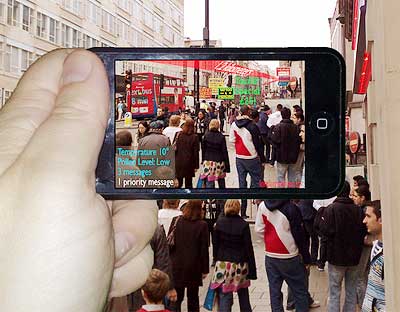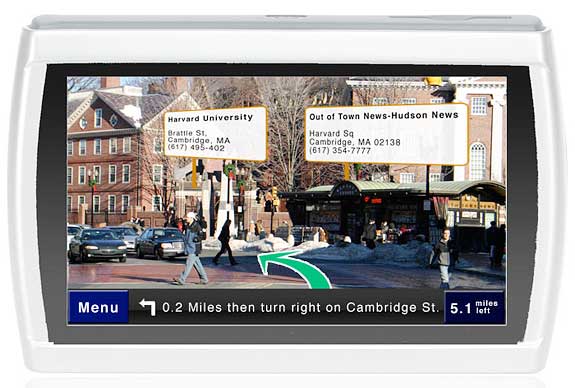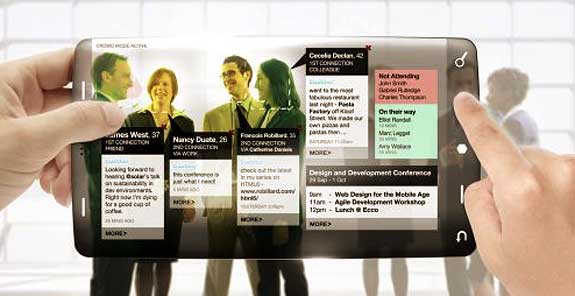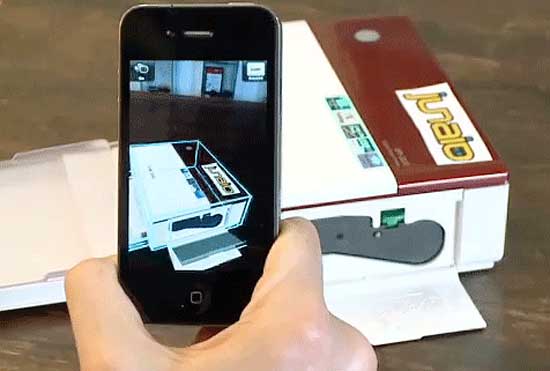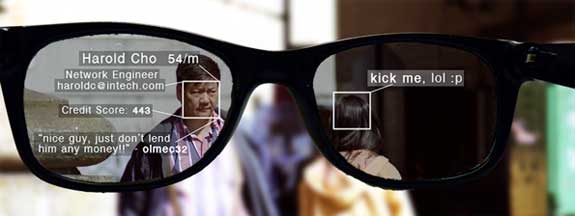Future cities will have to handle increasing population, globalization and environmental concerns. Just like future homes will have smart home technology mainstreamed and the smart grid will be online and working, future cities will take advantage of both of these emerging technologies.
Many large metropolis type future cities will still need power from the smart grid to supplement combined heat and power (CHP) stations locally. What will be unique however is that in the next 10 – 15 years there will be disruptive technology in the solar sector that will enable most buildings within large cities to be their own power generation stations.

Future City
Right now, thin film solar is starting to come of age. Windows can be used as solar panels and awnings or aluminum siding can be coated with thin film solar technology that captures and generates electricity. Cities of the future will use the next generations of this solar technology on a widespread scale and will be integrated within the architecture of new buildings and retrofitted into older buildings.
Future cities will also rely on wind farms on the outskirts of the city for power. In order to even out fluctuations caused by wind, water will be electrolyzed, stored as hydrogen then run through a fuel cell to create electricity as needed, on-demand. This will all be integrated into future smart grid technology along with other types of energy sources.
Future cities will also go further above ground and below ground than is possible right now and even out to sea. Food crops, energy, and an entire self-sustaining habit will be constructed architecturally for some cities in the future. This will be helpful for especially hot or cold climates.
For cities of the future, algae will become an important food and fuel crop. Algae like tofu (soybeans) will be eaten in a variety of sizes, shapes and flavors. In addition, algae will be grown for biofuels and as a green method of producing hydrogen gas (along with solar-to-hydrogen, wind-to-hydrogen, geothermal-to-hydrogen and hydroelectric-to-hydrogen power). A little further into the future cold fusion will come online and will be a game-changer forever.
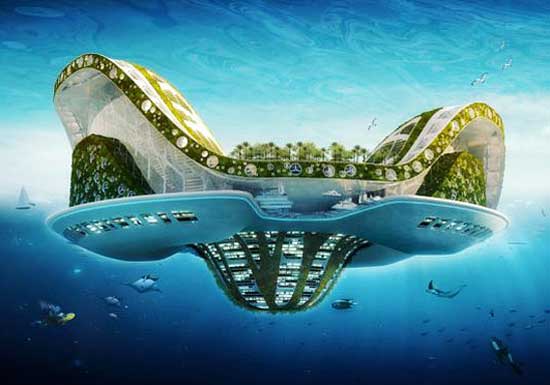
Floating Future City
These sources of future energy will ensure that cities are green, environmentally friendly and sustainable. Future cities will also have the latest transportation technology including hydrogen fuel cell cars, electric cars, a few left-over biofuel cars, hydrogen buses, trains (hydrail), elevated trains (hyrail), subways, and even at some point limited flying cars for police and emergency personnel (and of course VIP’s even though the future will be more democratic and less hierarchical in structure than it is now).
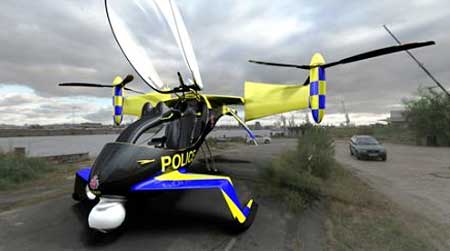
Police Personal Aircraft Concept
Of course there will be large future airplanes that will reside at future airports and spaceports just outside the city. But, there will be smaller future airplanes and helicopters located inside mini-airports inside the city. These will be used for shuttles to the larger airports and also for short trips to other local cities. Future jetpacks will also aid in travel around cities large and small.
Future shopping malls will be downsized and decentralized. More shopping will be done online than any other times so the shopping mall of old will start to fade away as consumers will be able to use future augmented reality and virtual reality to “try before you buy” from within their own homes.
Future cities that are above ground will have vast underground networks that may be subterranean cities themselves with their own identities and cultures. Subways, cargo trains, stores, computer data centers and many other businesses will be located underground, using the Earth’s natural heating and cooling systems to conserve energy.

Underground City in Mountain
In addition, business and critical government facilities will be safe underground from natural phenomenon such as tornadoes, hurricanes, lightning and earthquakes and to some degree and even ironically flooding which future city engineers will have addressed.
Controlling the weather in any meaningful matter won’t happen for centuries so the best future city planners and engineers will be able to do is to build structures that resist the most violent storms that have been on record. And just like today, in the future they will not be totally successful in this endeavor.
Future cities will incorporate the most contemporary smart homes and smart housing possible. No more ghettos, slums, gangs or the hood. Within the next 50 years there will be a major revolt against the rich. The middle class will grow significantly as the poor people become wealthier and the billionaires become non-existent.
A residual class system will still exist but this will be on a downward trend as people in future cities live together with less hierarchical structure than any time before in history. Worker-owners of businesses will at this time be the norm rather than the exception. In future cities, the time for commutes will be shorter as public transportation will be much more efficient, effective and green.
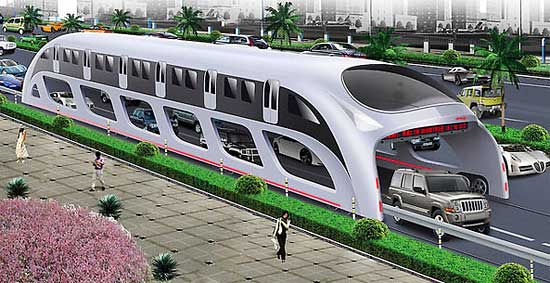
Straddling Bus Concept
Local schools, court houses, sports facilities, government offices will all be local and convenient to get to if needed. As previously stated much will be accomplished with virtual reality and augmented reality inside of one’s own home that this will cut down on travel time, traffic and overcrowding in the city streets significantly.
Future cities will offer residents more power, control, security, flexibility and health than at any other time in history. Doomsdayers and naysayers will try to rain on this parade as they always have, but if one just looks back into history 2,000 years to see where Man has come and how cities have developed, one only needs a little imagination to see how future cities and the technology behind them will play out ahead of us.
Credits: Vincent Callebaut, Shezhen Huashi
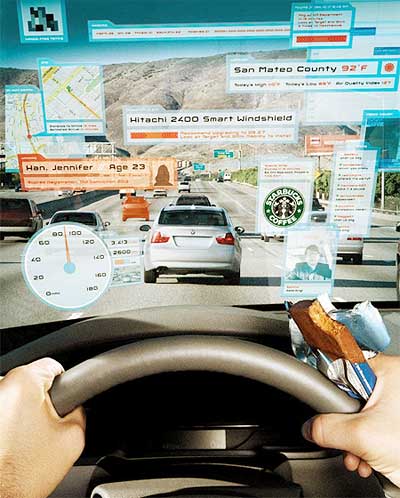 The intention is to make augmented reality windshield for
The intention is to make augmented reality windshield for 